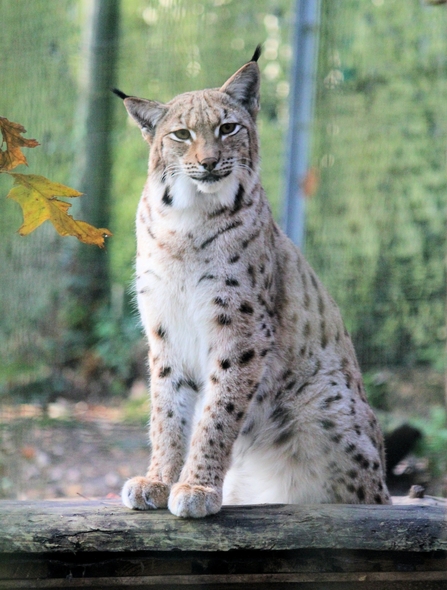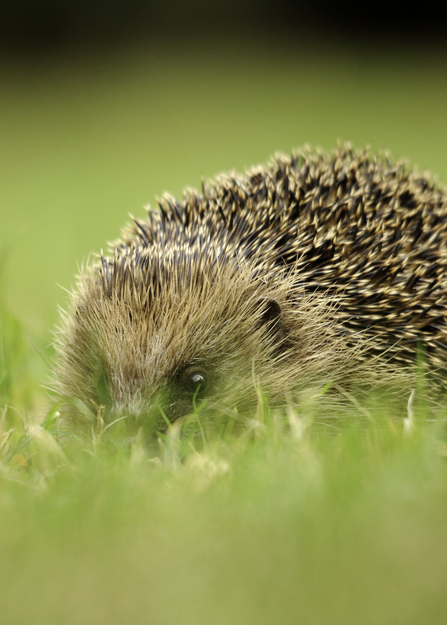Hi, I am Anish Banerjee, a member of the Lancashire Wildlife Trust Youth Council. I have just completed the second year of my BSc (Hons) Zoology degree at the University of Manchester. Unfortunately, due to the pandemic, I have been doing my course remotely back home in Bengaluru, India! For this reason, I thought it would be great to discuss the similarities and differences between India and the UK in the field of wildlife conservation.
India not only houses 1.2 billion people but also some of the world’s most charismatic species, including elephants, tigers, leopards, lions, rhinos, primates, crocodiles and four species of bear! In fact, most of these species have experienced a stupendous population growth in recent decades. With 400 species of mammals, 1,200 species of birds and 500 species of reptiles, India is certainly the pinnacle of human-wildlife conservation. In fact, leopards are thriving in the bustling city of Mumbai, which has a population of 12 million people. Despite this, the rate of human wildlife conflict is fairly low.






